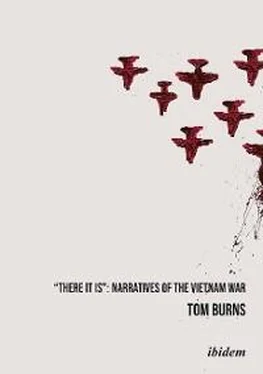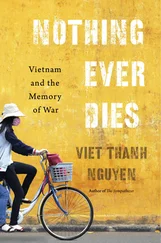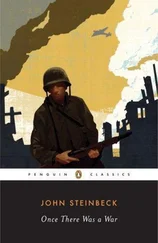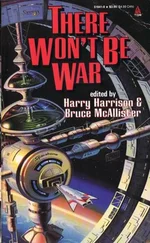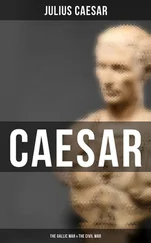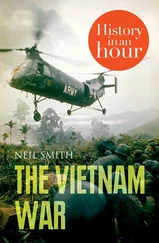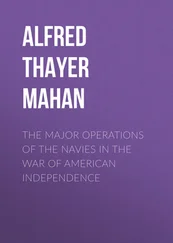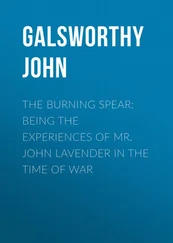Résengier sets off for the Plain of Reeds, a vast marshy area infested with mosquitoes and leeches, in the hope of meeting up with the Cao Dai, and at the same time giving the slip to the French authorities, who are still anxious to deport him. He manages to make it, with Perle in tow, after a number of hazardous and exhausting adventures, to Lê Son, the tubercular Hoa Hao leader. As Résingier languishes, gravely ill with hepatitis, Lê Son describes his own sect, with a grand utopian vision of future victory over all other factions, as his men fight for no money, wanting only to create a truly communal “agrarian republic” that treats peasants and soldiers equally. With this ideal, The Hoa Hao would presumably find common cause with the Viet Minh, but the latter are “impious” and must also be destroyed. The novel ends as Lê Son, who knows that Résengier, his “big brother,” will die, makes a deal with an emissary from the Viet Minh, who has just arrived at the camp to trade arms for rice. The war will continue, with its shifting alliances and hard realities.
Yellow Fever is a very readable novel, filled with intriguing characters and historically related incidents, but it is not without its weaknesses as an imaginative narrative. In addition to the discrepancy between the two parts of the novel—the second part in fact might better have been turned into a sequel to the first, forming a southern version of the events following the Communist victory in the north—the narrative technique is often clumsy. For example, characters tend to reveal their thoughts by thinking “aloud”: “I’m going to dismantle my past piece by piece,” Lê says, and then goes on to do so, a technique more suitable to the stage. In a narrative, the exposition of a character’s thoughts is done to better effect through free indirect discourse—third person narration with the reader’s access to the character’s thoughts—leaving the first-person for direct-speech dialogues.
Although this novel is politically the most complex of the five examples discussed in this chapter, and the French viewpoint on Vietnam becomes of considerable interest to the Anglophone reader, it must also be said that author wants to retain for the French a certain colonialist, pseudo-native moral authority that he is unwilling to extend to the next group of foreign intruders. For example, a Viet Minh leader is made to say that it would be simple to fight the Americans or any other country, because “it would merely be war. Against the French it’s civil war” (309). This misplaced notion of brotherhood is not borne out by the historical realities of the French colonialist regime.
vi. Epilogue: Ward Just, A Dangerous Friend (1999)
The journalist-novelist Ward Just’s novel about American civilian advisors, A Dangerous Friend , 76is a much more recent example than the novels discussed in the previous sections, but it is discussed here because it strikingly echoes Graham Greene’s novel in a number of ways, no doubt consciously so. The title, for example, could be aptly applied to Greene’s character, Alden Pyle. The narrative is retrospective and thoughtful and the narrator laments the outcome of events. Americans in this novel also believe that they can build a viable South Vietnamese nation and their efforts likewise result in the deaths of many Vietnamese. Finally, Greene’s theme of the need for moral and political choice, the need to choose sides, is extended by Just and ironically reversed.
The action takes place during the period following the assassination of Diem, at the end of the period when advisors to the South Vietnamese government were thought to be the answer to its difficulties and before US combat troops were called in. The unnamed narrator, an advisor who has already spent three years in Saigon in the mid-Sixties and then returns for the dramatic finale in 1975—he claims to be one of the last people off the roof of the US Embassy—is recalling the early days “when civilians still held a measure of authority” (2) from a perspective of this later time, “when things went to hell generally, and the best of us lost all heart” (1). This perspective is chosen because he thinks it is “always necessary to look forward and backward at the same time.” As the reader “knows[s] the end of things as well as I do” (11), that is, how the war turns out, he does not leave the inconsequential ends of his characters to an epilogue but reveals them before he even begins his story.
That story will end with a military action, the bombing of a village that sums up the ultimate failure of their work, “the Effort,” as they called the war in those days. The narrator insists, however, that “this is not a war story” but “a different cut of history, a civilian cut, without feats of arms or battlefield chaos” (1-2). Like Alden Pyle, these civilians were going to change the world by building a nation:
We went to Vietnam because we wanted to…we showed up for work at one of the agencies or the embassy or Landsdale’s outfit or the Llewellyn Group…thousands of us recruited from all over the government, from foundations, think tanks, and universities…We reorganized their finances. We built roads, bridges, schools, and airstrips (2-3).
To put in place a viable bureaucracy for this work is the aim of Dicky Rostok, a true believer in the Domino Theory and the tireless head of the Llewellyn Group, which is a well-funded organization “separate from the aid bureaucracy already in place, with its own mission and chain of command and communications with Washington” (18-19). The Group would “report directly to the office of the secretary of defense, with a collateral brief from the office of the national security advisor in the White House” (22). It has, however, only vaguely defined duties. It is not intended for intelligence, the province of the already overstaffed CIA, but “for research and rapid reaction when the usual channels broke down” (23).
The Group will be active in civic projects. “In the last analysis, as the president said, the Vietnamese have to fight their own war” and so the Effort, in Rostok’s view, must be winning civilian hearts and minds. Nation-building is thus regarded as “the velvet fist that complements the army’s iron fist” (18). It is an indication of how successful the Effort will be that “the revolution did not hesitate” but “grew along with the American arsenal, and the raids and subversion and sabotage,” none of which “was justified by the statistics, so painstakingly assembled” (99).
Another idealist is Sydney Parade, “a bit player” recruited by Rostok who comes to the Group to replace a former policeman who had become an embarrassment to the Group by drinking heavily and becoming involved with teenaged prostitutes. Sydney’s wife leaves him when he announces his decision to go to Vietnam, which he justifies by comparing himself to her father. “My father fought Nazis,” she retorts, “In Czechoslovakia, his homeland. The Nazis had invaded, just as you are doing. Listen. My father was not on your side. My father was on the other side” (29).
At Tay Thanh, the Group’s headquarters in Vietnam, Rostok tells his staff that without the military forces of MACV and the money and contacts of the CIA he is concerned with the power that knowledge gives: “We’ve got to know things that the rest of them don’t know from a source of information they can’t figure out” (94), because if they do find out, they will steal the information. Reliable knowledge, he believes, comes from quantification, so the Group “tried to build a narrative from the numbers” (98-99) to evaluate constantly shifting circumstances and assess the situation. Rostok’s aim is to “quantify progress in such a way that no one could dispute it” (100). Events, however, conspire to subvert his bureaucratic conception of reality.
Читать дальше
